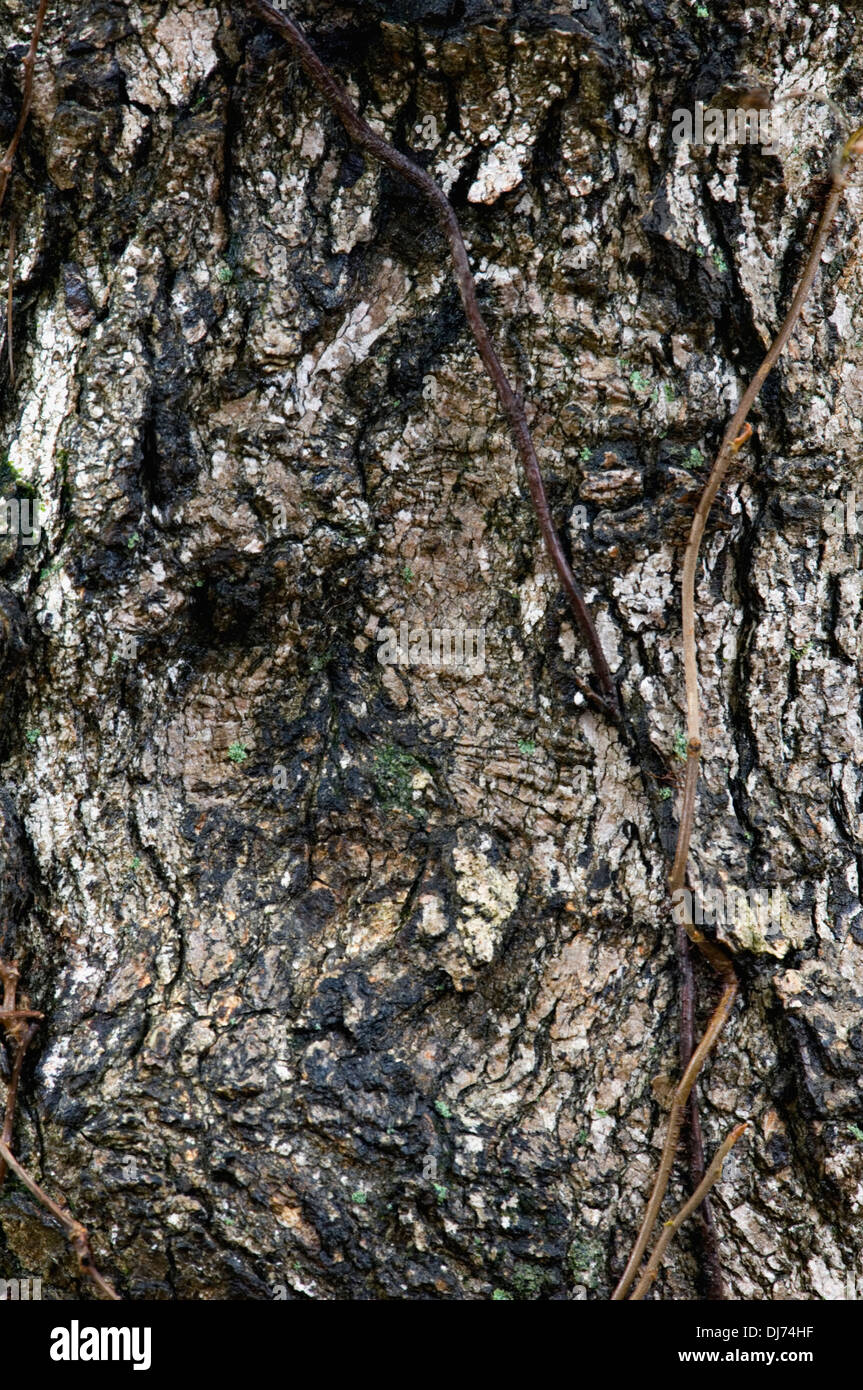

Use cold water because hot water tends to open the pores, increasing the chances of the urushiol being deeply absorbed into your skin. Wearing protective gloves and using soap and water, thoroughly wash any area of your skin that may be affected. However, goats and other grazers eat poison ivy, and birds eat the seeds, leaving them unharmed. Even contact with a surface that has urushiol on it from the plant, like the fur of an animal, can cause a reaction. Physical contact with any broken part of the plant, not just a leaf, may cause a severe reaction. In High Park, poison ivy grows as a shrub and produces greenish berries that turn off-white in early fall.Īll parts of the poison ivy plant, including the roots, branches and buds contain the poisonous urushiol resin. It grows on sandy, stony or rocky shores and sprouts in thickets and clearings, including along the borders of woods and roadsides. Poison ivy is found in every province in Canada except Newfoundland. Poison ivy in early spring with red leaflets The bud is an orangey colour and as things start to warm up in the spring, they start to reveal red leaflets in groups of three. The off-white, pea-sized berries that appear by September are clustered, round and waxy, and often remain on the low, leafless stems of the plant all winter.

So how do you stay away from this potent plant when it’s hard to tell the difference between it and the hundreds of other twigs that all seem to look alike?ĭuring the winter months, the plant stems are woody with upright, knobby stalks 10 to 80 cm (4 to 31.5 inches) high. Now, everyone knows the saying “Leaves of three, leave it be.” But in the winter, there are no leaves, and early in the spring, only a small handful of the plants may have started to produce the leaflets. If you accidentally rub the urushiol from your arms to your mouth or eyes, you will need medical attention. If you come in contact with poison ivy, the extent of the reaction depends on your sensitivity and the amount that’s touched your skin. Which means that the most famous of all toxic plants is just as dangerous in the winter and early spring as it is in the summer! But the oil that causes this reaction isn’t just concentrated in the leaves, it’s also on all parts of the plant.

We all know how poison ivy can cause itchiness for hikers who venture off the path, thanks to the urushiol (you-ROO-shee-all) oil found in the plant. Normally, during the summer months, you’d be concerned with poison ivy but in the winter, or even in early spring, is poison ivy still a problem? After all, the plants and trees don’t have leaves, right? It is now early spring and you want to go for a hike in the park.


 0 kommentar(er)
0 kommentar(er)
